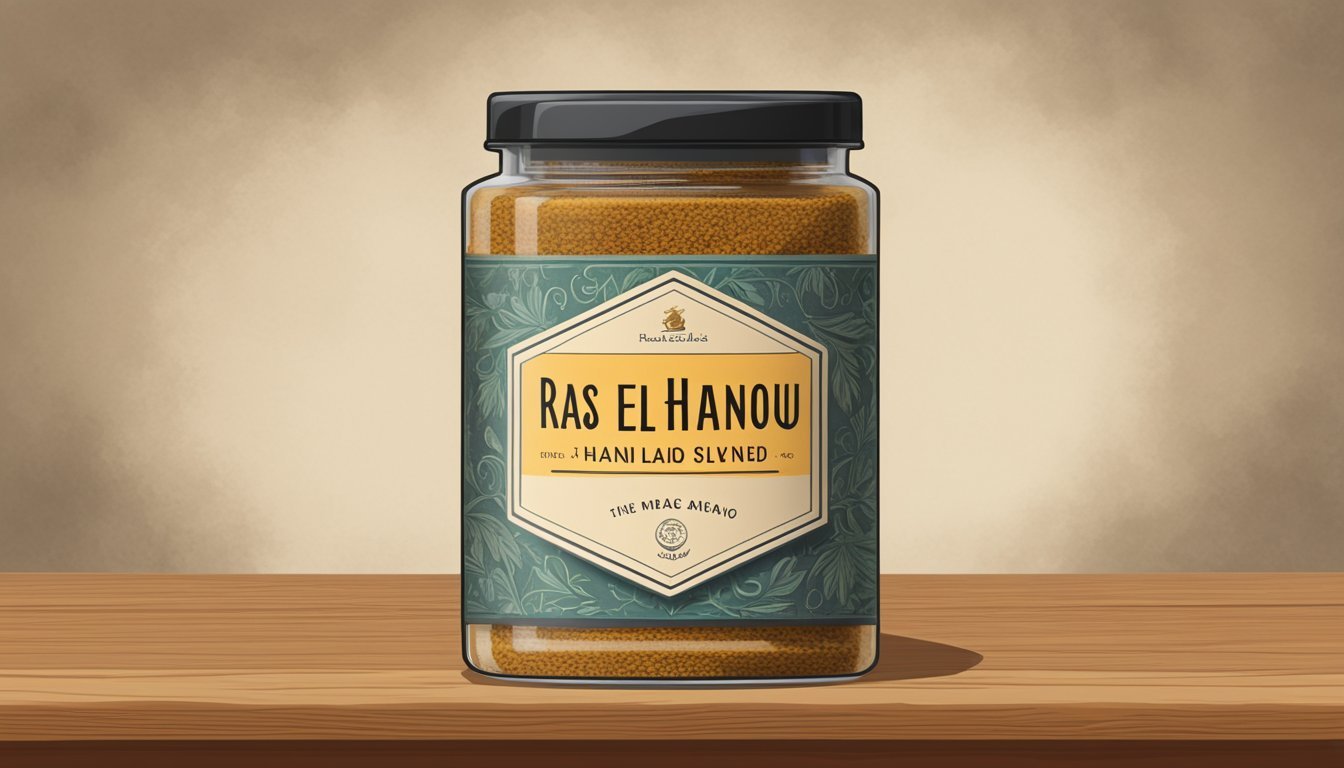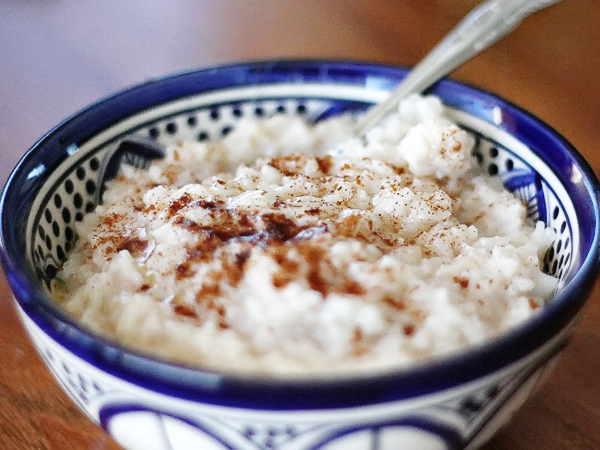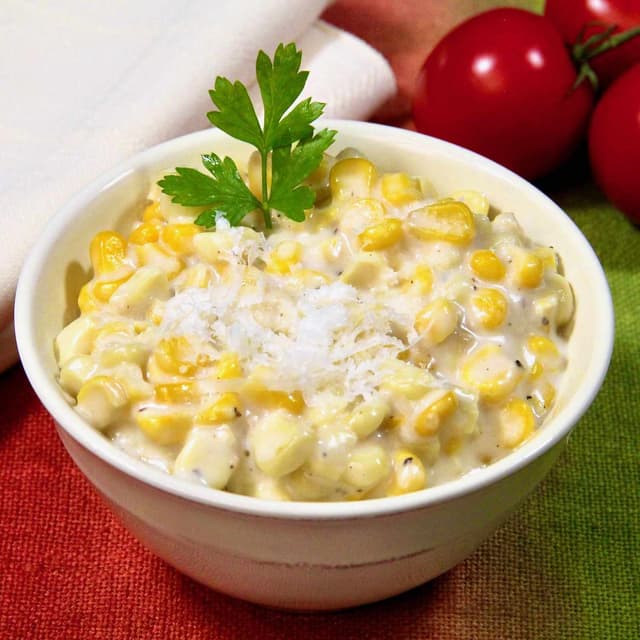Ras El Hanout: Benefits, Buying Tips & Storage for Freshness
Ras El Hanout originates from Morocco, deeply rooted in the country’s culinary traditions. The name translates to “head of the shop,” reflecting the spice merchant’s best blend. Moroccan cuisine relies heavily on this mix, as it adds depth and history to each dish. Merchants often create unique blends, reflecting regional flavors and family secrets. This spice blend is more than just an ingredient; it’s a symbol of Morocco’s rich culinary heritage.
Key Ingredients and Flavor Profile
Ras El Hanout comprises a variety of spices, typically including cardamom, cumin, clove, cinnamon, nutmeg, mace, allspice, dry ginger, chili peppers, and turmeric. Each blend varies but maintains a balance between spicy and sweet tones. The combination creates a complex, aromatic profile with hints of pungency and warmth. When used in dishes like tagines and couscous, it offers a rich, layered flavor that defines Moroccan cuisine.
Culinary Uses of Ras El Hanout
Traditional Recipes Featuring Ras El Hanout
Ras El Hanout often enhances traditional Moroccan dishes. It adds depth and complexity to tagines (slow-cooked savory stews). When using in tagines, combine with meat, poultry, or vegetables. Add ingredients such as tomatoes, onions, and dried fruits to complement the spice blend.
Another staple is couscous, where Ras El Hanout seasons the broth or sauce that infuses the grain. You’ll find that it pairs well with lamb, chicken, or roasted vegetables. Incorporating saffron, turmeric, and ginger balances the flavors.
For pastillas (savory pies made with thin pastry), blend Ras El Hanout with ground meat or seafood. The added cinnamon and nutmeg in pastillas complement the spice blend, creating a fragrant and savory dish.
Modern Culinary Innovations
Chefs have creatively expanded the use of Ras El Hanout beyond traditional recipes. Marinades for grilling benefit from its rich, multifaceted flavors. Mix Ras El Hanout with olive oil, garlic, and lemon juice for chicken, beef, or fish.
Incorporate the blend into soups and stews. For instance, a lentil or chickpea stew gains a new dimension with a tablespoon of Ras El Hanout. This seasoning works well in creamy soups, especially butternut squash or carrot.
Use Ras El Hanout in baked goods for a twist on classic recipes. Add it to bread dough, muffins, or even cookies. The cinnamon and clove elements enhance sweet bakes, while the cumin and coriander provide a surprising savory note.
Consider salad dressings for a unique taste. Combine Ras El Hanout with yogurt, lemon juice, and honey for a flavorful dressing. It adds a Moroccan touch to salads featuring roasted vegetables, nuts, and dried fruits.
Health Benefits of Ras El Hanout
Nutritional Components
Ras El Hanout, a blend of up to 30 different spices, contains numerous nutrients. Turmeric in the blend has curcumin, a compound with antioxidant properties. Cinnamon, another component, contains manganese and calcium. Cumin and coriander, often included, are rich in iron and fiber. Each spice contributes distinct vitamins and minerals, making Ras El Hanout a nutritional powerhouse.
Potential Health Impacts
Regular consumption of Ras El Hanout may offer several health benefits. The antioxidant-rich spices can help combat oxidative stress. Anti-inflammatory properties, found in many of the blend’s spices, may reduce inflammation-related conditions. The fiber from ingredients like cumin and coriander can support digestive health. Additionally, compounds in the blend may boost immune function, helping you stay healthier year-round.
Buying and Storing Ras El Hanout
Choosing the Right Blend
Selecting the ideal Ras El Hanout blend enhances your culinary experience. Authentic blends contain diverse spices like cardamom, clove, cinnamon, and turmeric. Seek out reputable suppliers specializing in Moroccan spices. Ensure the blend lists key ingredients and avoids fillers. For a fresher flavor, opt for smaller packages, as they reduce the risk of spices going stale.
Best Storage Practices
Properly storing Ras El Hanout preserves its vibrant flavor and nutritional value. Use airtight containers, preferably glass or BPA-free plastic, to keep moisture out. Store the containers in a cool, dark place, away from direct sunlight and heat sources. Avoid keeping spices near the stove or oven where temperature fluctuations can degrade them. For maximum freshness, use the blend within six months.
Conclusion
Ras El Hanout isn’t just a spice blend; it’s a gateway to the rich culinary traditions of Morocco. Its diverse ingredients offer not only a burst of flavor but also numerous health benefits. By choosing authentic blends and storing them correctly, you ensure that every dish you prepare is both delicious and nutritious. So go ahead and add this versatile spice mix to your pantry, and let your taste buds embark on a flavorful journey.






